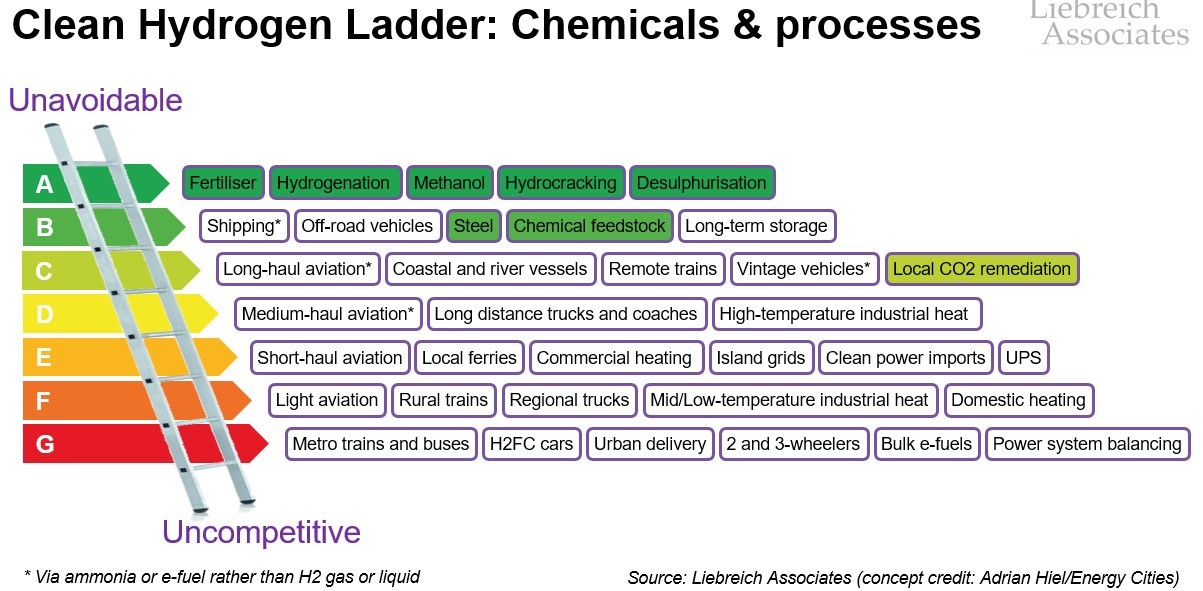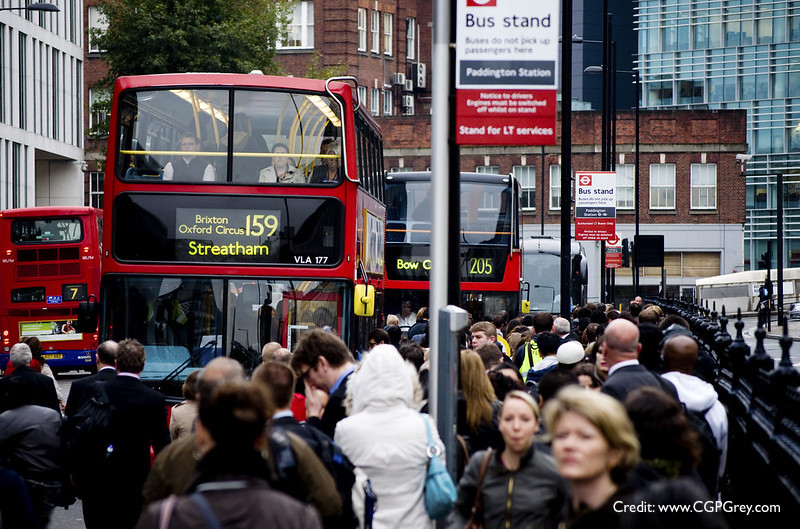CityAM: The case for Hinkley Point C has collapsed: It’s time to scrap it
Written for CityAM, click here to read the online article
It’s easy to forget, Hinkley C was the future once. After a decade of dithering, in 2006, the Blair government laid out the case for nuclear new build, estimating its cost of power generation at £38 per MWh. They promised the first new nuclear power station could start operation in 2017, in time to fill a supply gap caused by the retirement of the UK’s ageing nuclear plants and filthy coal plants.
The Conservatives agreed with the need for nuclear, but stated explicitly “we rule out subsidies and special favours.” Despite this, seven years later, in 2013, the price UK electricity consumers would pay for Hinkley C’s power was revealed: £92.50 per MWh – more than double the wholesale power price, adjusted for inflation and guaranteed for 35 years. And the earliest possible commissioning date, assuming no further delays, would be 2026.
The obvious question is why this train-wreck of a project was not killed long ago. To answer this, you have to delve into the politics of the Conservative Party. In 2010, Tory support was being hit by defections to Ukip, whose average member was an older white guy: implacably anti-EU and hence anti-renewable energy, and very keen indeed on nuclear. A strong pro-nuclear position was seen as one way of shoring up the party’s right flank.
It was not enough: the Tories failed to win an outright majority, and had to form a coalition with the Lib Dems. Although they conceded the Department of Energy and Climate Change (DECC) to their coalition partners, the condition was that new nuclear power would be built, despite the Lib Dems’ historic opposition.
What follows should be taught for generations as a case study in how not to run a procurement process. Between them, chancellor George Osborne and DECC secretary Ed Davey agreed that the private sector would bear the risk of constructing and operating the project, at a stroke doubling its cost of capital and cost of power. They shoehorned it into the Electricity Market Reform process in order to maintain the pretence that it was being given no special treatment, slowing it for years. When all the bidders bar one dropped out, they doubled down: agreeing to extend the CfD’s lifetime 20 years beyond that enjoyed by renewable energy. Osborne provided a £2bn debt guarantee, and then brokered a controversial deal to bring in the Chinese as part owners.
The irony is that, all the while, the underlying logic for the project was being undermined. As soon as news broke of the Fukushima nuclear accident, the Tory right all but forgot its support for nuclear power, instead adopting fracking as its cause célèbre. The costs of renewable energy were plummeting to the point where wind projects could be built with little or no subsidy. And the cost of natural gas was falling too, driving down wholesale power prices. The National Audit Office this month released an updated calculation of the lifetime value of the subsidy to Hinkley: a mind-bending £37bn.
So now, as Greg Clark takes up his role as secretary of state of the newly-created Department for Business, Energy and Industrial Strategy (BEIS), the most urgent item in his in-tray is Hinkley C. There are at least three ways in which he could potentially replace its supply contribution more cheaply, more quickly, and with more impact on UK industry and exports.
He could mandate more renewable generating capacity, paired with interconnections and a range of technologies to manage intermittency. He could push through a fleet of new gas power stations and get serious about carbon capture and storage. Or he could spend a lot less than £37bn on energy efficiency, simply removing the demand for 3.2 GW of base-load power.
Alternatively, if the government still has a nuclear itch, Clark needs to ask why Hinkley C is the right way to scratch it. After decades of technological stagnation, new nuclear technologies are approaching commercialisation, offering passive safety, so they can’t melt down in the event of a power failure, and smaller scale, so they shouldn’t take 15 years to see the light of day. In 2015, Osborne announced a £250m fund to accelerate the deployment of these innovative nuclear technologies in the UK. But how about £2.5bn? Or if the UK wants to be a world leader, £25bn?
Even if EDF’s board gives Hinkley C the go-ahead today, Clark needs a Plan B. EDF is facing a funding challenge so ferocious that, in March, its chief financial officer resigned. Over the next 15 years, the company has to fund safety upgrades, life extensions or the decommissioning of all its French nuclear plants, plus completion of Hinkley and four other reactors at various stages of construction around the world, as well as the potential remediation of faults in some of its plants and a huge pension liability. Without an explicit French government guarantee, it would surely be unwise to bet the UK’s power supply on Hinkley C.
Theresa May’s first act as PM was to sack Osborne. Will Clark’s first act as secretary of state at BEIS be to do the same to Osborne’s highest profile project?
City A.M.’s opinion pages are a place for thought-provoking views and debate. These views are not necessarily shared by City A.M.
Terms of use: photos and other media may be used exclusively for the purpose of publicising an upcoming or past event involving Michael Liebreich, or to illustrate an article written by him. Their use must be accompanied by a clear indication of copyright in the following form:
© Liebreich Associates/name of photographer. Photos or other media downloaded in this way remain the property of Liebreich Associates Ltd. Any infringement of these terms of use may result in legal action by Liebreich Associates Ltd or by the respective photographer or rights holder.





